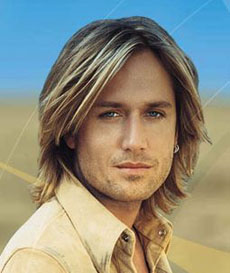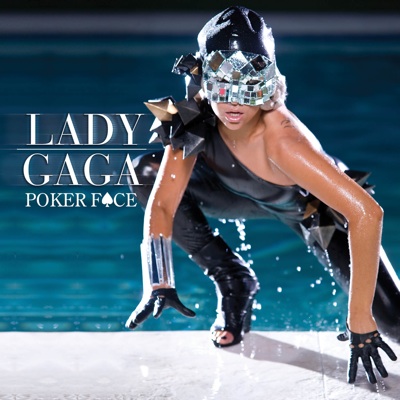
Videos by American Songwriter
Kevin Kinney has the Midwestern blues on Great American Bubble Factory, the first collection Southern rockers Drivin’ N’ Cryin’ have released in 12 years. Known for their canny fusion of new wave pop and Dixie boogie, Drivin’ N’ Cryin’ summed up one aspect of the Georgia music scene that spawned bands such as Pylon, the B-52s and, of course, R.E.M. If Pylon made head music while R.E.M. winnowed folk-rock to its essence (and the B-52s partied until dawn), Kinney and company were road warriors who almost never glanced at the rearview mirror.
Recorded at Atlanta’s Sonica Studios with Anton Fier producing, Great American Bubble Factory brings together Kinney’s obsessions and preoccupations in concise, unpretentious style. A quarter-century ago, Kinney moved from his native Wisconsin to Georgia to play music, but it took a meeting with future Drivin’ N’ Cryin’ bandmate Tim Nielsen to get Kinney rocking again.
“I wasn’t playing music at that time,” Kinney says of those long-ago days when punk and new wave were still unfamiliar concepts to most American musicians. “I was a carpenter, and had a punk-rock band in Milwaukee. I was a roadie for punk-rock bands—things like that. I had kinda retired, and Tim talked me into doing it again.”
Drivin’ N’ Cryin’ made a series of well-received and, yes, eclectic records in the late 1980s and on into the ‘90s, including Smoke (“The only reason it was called Smoke is ‘cause they wouldn’t let me call it F*** You—I was having a nervous breakdown while I was makin’ it,” Kinney laughs) and 1995’s fine Wrapped in Sky, made for Geffen.
“They’re all kinda self-help records,” Kinney says of his classic Drivin’ N’ Cryin’ collections. “It’s like a bargain psychologist, the guy at the end of the bar giving advice.” Bubble Factory integrates the various parts of Kinney’s musical personality in a way that’s not only therapeutic, but engaging. A rocker in his youth, Kinney got hip to country, folk and singer-songwriter masterpieces after he made the move down south.
“When I was a punk rocker, I hated folk music,” Kinney says. “But when I saw Bob Dylan, I went, ‘Oh, wow, that’s cool. He’s telling stories.’ In this era, I’m just mimicking things, but I do think my own personality comes through. I’ve lived enough of a life that I guess I can tell my own stories.”
He got turned onto country music, too. “Growing up in Milwaukee, country music was not something you really ever listened to. I never listened to Hank Williams until I moved down south,” he says. “I liked hard rock. I liked Black Sabbath—like, if I broke up with a girl, I’d be more inclined to go see a hard-rock band rather than a pretty-boy singer/songwriter.”
Great American Bubble Factory is foremost a rock record. “Detroit City” swings madly on two chords and incorporates timeless Chuck Berry licks. “She got the Stooges and the MC5/She got the Fun House and she played it all night,” Kinney sings.
“(Whatever Happened to the) Great American Bubble Factory?” is another two-chord rocker with four-on-the-floor drums and unison riffs. Many of the songs on Bubble Factory register as half-remembered slices of FM radio at its peak. “Let Me Down” is a twisted take on power-pop, while the yearning “Midwestern Blues” is a startling distillation of post-adolescent angst and modal folk-rock.
So Kinney is a rocker, but a modest one, and that makes Bubble’s statement all the more apposite. “I did not ever want to be a big rock star,” Kinney says. “I couldn’t sell it that way. Artistically, I never conquered that. But I mean, if you buy 40 or 50 records a year, I just wanna be one of them.”
Names and Ages:
Kevin Kinney 48
Tim Nielsen 44
Mac Carter 40
Dave V. Johnson 39
Hometown: Atlanta, Georgia
Favorite Songwriters: Bob Dylan, Townes Van Zandt, Steve Earle.
Favorite records: Dylan’s “The Times They Are A-Changin’,” and the original Nuggets compilation.







Leave a Reply
Only members can comment. Become a member. Already a member? Log in.